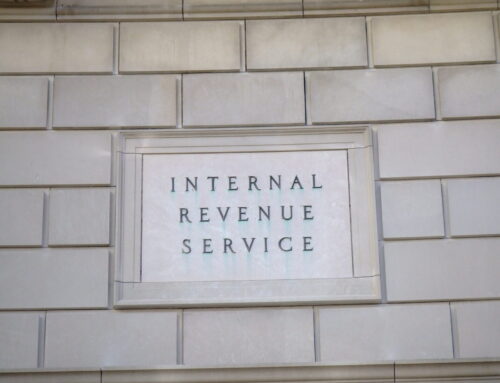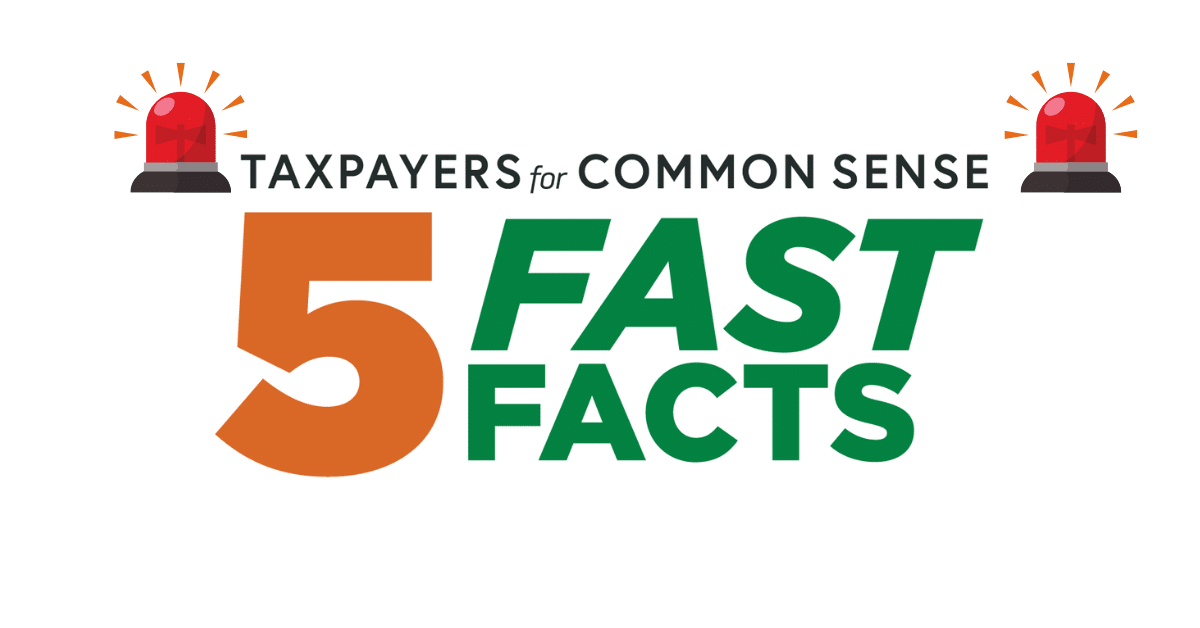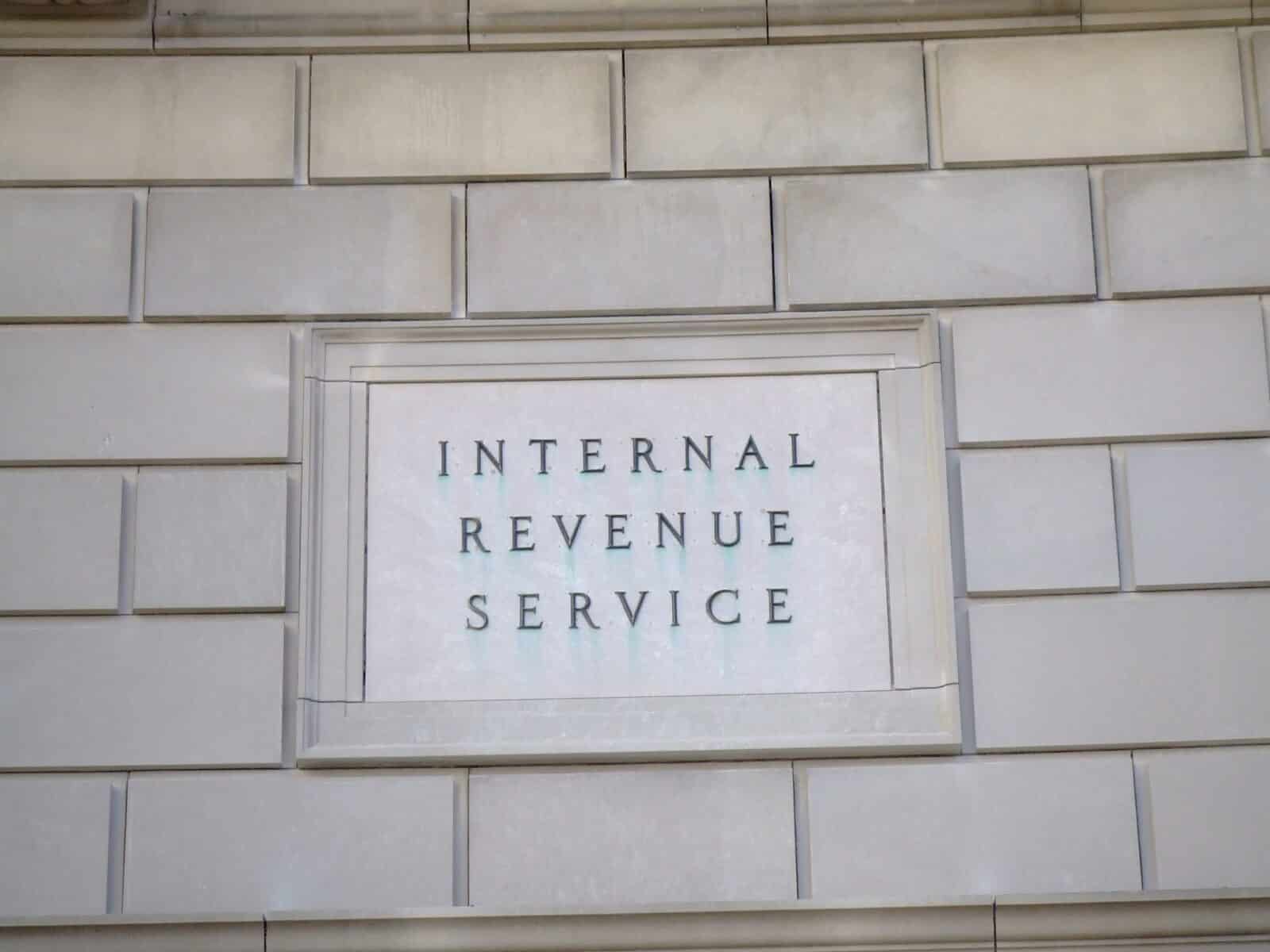View/Download this article in PDF format.
Both the House and Senate have proposed the creation of the new federal financing entity known as the Clean Energy Deployment Administration (CEDA). While CEDA’s purported goal is to provide loans, loan guarantees, and other forms of credit to qualified energy projects, the end result could easily be hundreds of billions of taxpayer losses on failed projects. In addition to funding high risk projects with long-term financial liabilities like coal plants and nuclear reactors, the size, scope and lack of accountability and transparency mechanisms make CEDA ripe for waste, fraud and abuse.
The fiscal impacts of the Senate version of CEDA could be substantial for taxpayers, rivaling automaker and financial industry bailouts. Currently CEDA has no limit on the total volume of loans it can issue, creating an enormous financial liability on the federal Treasury. Based on previous applications to the existing Title XVII Loan Guarantee Program, the Congressional Budget Office estimates that in the next ten years CEDA will distribute more than $100 billion in loan guarantees for nuclear reactors and $30 billion for fossil fuels projects. These and the other projects covered by CEDA have been estimated to have default rates of 50%.1
Although there is inherent risk in any federal credit program, stringent taxpayer protections must be included to limit taxpayer losses. The current Senate proposal falls dramatically short in protecting taxpayer assets and must be reformed before moving forward. Below is a list of top taxpayer concerns with the existing Senate CEDA proposal:
- Unlimited Default Risk. The current Senate CEDA has no limit on the volume of loan guarantees it can issue. Without a limit, taxpayers could guarantee an unlimited amount of loans and assume an unlimited amount of risk. A recent CBO analysis of CEDA suggested $130 billion in loan guarantees for nuclear, coal, coal-to-liquid and other fossil fuels projects could be issued in the next ten years. But without a limit, taxpayers cannot be assured that this enormous $130 billion is all that they will pay if projects default. In 2008, the nuclear industry applied for $122 billion in guarantees for 21 reactors.
- Redundant, Unnecessary Funding for Mature Energy Projects. Many of the energy projects that can apply under the Senate proposed CEDA can already apply for a loan guarantee under the existing Title XVII Loan Guarantee Program. Furthermore, established energy industries that have well-known risks and extremely high capital projects are eligible, including coal-to-liquids, shale, carbon capture and storage, hydrogen fuel cells and nuclear facilities.
- Sky-High Coverage. The current proposed CEDA provides guarantees covering 100% of a loan for up to 80% of the total project cost. These terms are far greater than other loan guarantee programs and what the private sector would offer, which generally ranges from 40-60% of the total project cost.
- Weakens Taxpayers’ Rights to Recoup Assets in the Event of Default. CEDA removes the taxpayer’s superiority of rights, meaning taxpayers won’t have first priority to recover the debt on failed projects, even when taking on the greatest share of the debt. CEDA forfeits first lien rights and allows proceeds from the sale of collateral assets to be distributed among holders of nonguaranteed portions of loans, regardless of which entity accepted the most risk financing the project.
- Industry Not Required to Pay Subsidy Cost. CEDA would modify the existing loan guarantee the program so that taxpayers can share subsidy costs—a payment on a loan to cover risk of default—with the borrower. This means that borrowers would pay less at the time the guarantee is issued, further incentivizing risky loans and shifting more risk on taxpayers. Loan guarantees are inherently risky and requiring industry to pay a fair and accurately assessed subsidy cost is one of the only mechanisms to lessen taxpayer risk.
- Exemption from Congressional Oversight. The proposed CEDA exempts Title XVII from a provision in the Federal Credit Reform Act of 1990 that requires an appropriation from Congress. Stripping this provision would limit Congress’ ability to provide necessary oversight on the type and amount of loan guarantees the federal government is distributing annually. Without budgetary restriction, CEDA would be able to distribute an unlimited amount of self-pay loan guarantees to any applicable project. Even though payments on loans of defaulted projects come directly from the Treasury, taxpayers would not be able to restrict the amount of risk CEDA assumes on their behalf. Congressional oversight is critical in order to ensure taxpayer dollars are used efficiently.
- Lacks Transparency and Accountability Mechanisms. The Senate version of CEDA does not require public disclosure of projects supported by CEDA. In contrast, the House requires a publically available online database and requires “all financing transactions be available for public inspection.” The House version of CEDA also explicitly allows for ongoing written public comments on CEDA at any time. Furthermore, CEDA lacks sufficient accountability mechanisms. Under the Senate version, the Administrator of CEDA is not only the chief executive; he is also the Chair of the Board of Directors. This system could lead to significant abuse of power and provide staff with little recourse if problems arise. The Administrator should be on the Board but not in the role of Chair, this position should be filled by an independent official such as the Secretary of Energy so the Administrator can be held accountable for CEDA’s undertakings.
- Removes Third Party Credit Review for Applicants. Under the existing DOE Title XVII Loan Guarantee Program, in order to receive a loan guarantee an applicant must provide a third party credit review. This vital information will ensure that the federal government understands the private market’s credit for the project and will help protect taxpayers from making bad investments. While no loan or guarantee is risk-free, a third party review will minimize taxpayer losses. The Senate version of CEDA has removed this provision—undermining taxpayers and placating industry.
- Conflict of Interest Recusal Not Required for Project Reviewers. This should be an obvious protection included in any federal financing entity. The House bill is a step in the right direction but could go further to ensure that projects are not selected by a biased review board.
- Multiple Loan Guarantees to Same Technology. Allowing multiple loan guarantees to the same technology puts taxpayers at enormous risk if the technology fails and multiple projects default. A stinging example of the consequences of putting out support for the same technologies is the Department of Energy’s synthetic fuel support in the 1970’s and 80’s. Billions in federal support was fast-tracked to build synthetic fuels plants and almost all of the projects defaulted, losing taxpayers’ $15 billion investment. To prevent similar losses, limitations on the volume of investments in the same technology must be included in CEDA.
- Fast-Tracked Decisions. The Senate version of CEDA suggests 180-day review and decision period for loan guarantees. Reviewing applications, receiving independent credit ratings and thoroughly assessing taxpayer risk should not have an arbitrary deadline. With multi-billion dollar projects under consideration this pressure to speed the process could cost taxpayers.
For more information, please contact Autumn Hanna at (202) 546-8500 x112 or autumn [at] taxpayer.net














Get Social